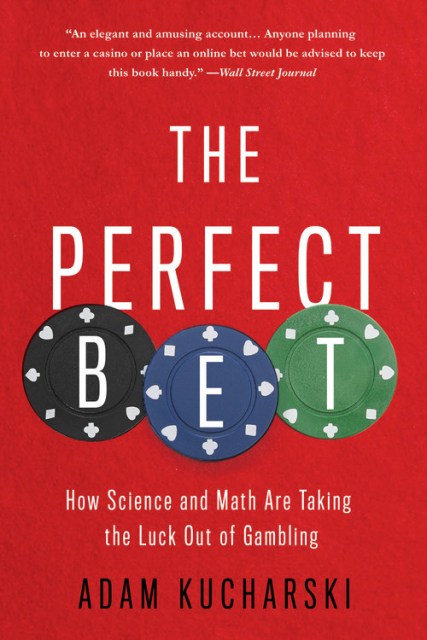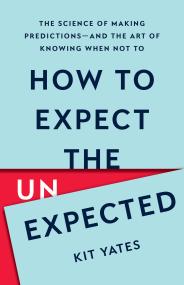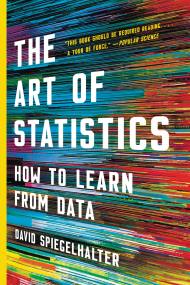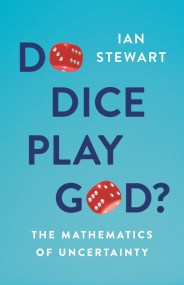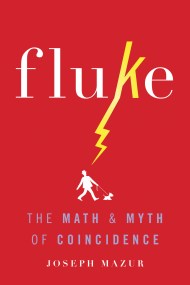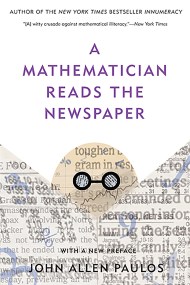Promotion
Shop now and save 20% on your back-to-school purchases & get free shipping on orders $45+ Use code: SCHOOL24
The Perfect Bet
How Science and Math Are Taking the Luck Out of Gambling
Contributors
Formats and Prices
Price
$18.99Price
$23.99 CADFormat
Format:
- Trade Paperback $18.99 $23.99 CAD
- ebook $13.99 $17.99 CAD
This item is a preorder. Your payment method will be charged immediately, and the product is expected to ship on or around September 26, 2017. This date is subject to change due to shipping delays beyond our control.
Also available from:
“An elegant and amusing account” of how gambling has been reshaped by the application of science and revealed the truth behind a lucky bet (Wall Street Journal).
For the past 500 years, gamblers-led by mathematicians and scientists-have been trying to figure out how to pull the rug out from under Lady Luck. In The Perfect Bet, mathematician and award-winning writer Adam Kucharski tells the astonishing story of how the experts have succeeded, revolutionizing mathematics and science in the process. The house can seem unbeatable. Kucharski shows us just why it isn’t. Even better, he demonstrates how the search for the perfect bet has been crucial for the scientific pursuit of a better world.
-
"An elegant and amusing account... Anyone planning to enter a casino or place an online bet would be advised to keep this book handy."Wall Street Journal
-
"This book is full of magic. It's brimming with clever people and clever ideas."New Scientist
-
"Beautifully written, solidly researched, and full of surprises."New York Times' Numberplay blog
-
"Brilliant new book."CardsChat
- On Sale
- Sep 26, 2017
- Page Count
- 288 pages
- Publisher
- Basic Books
- ISBN-13
- 9781541697232
Newsletter Signup
By clicking ‘Sign Up,’ I acknowledge that I have read and agree to Hachette Book Group’s Privacy Policy and Terms of Use
